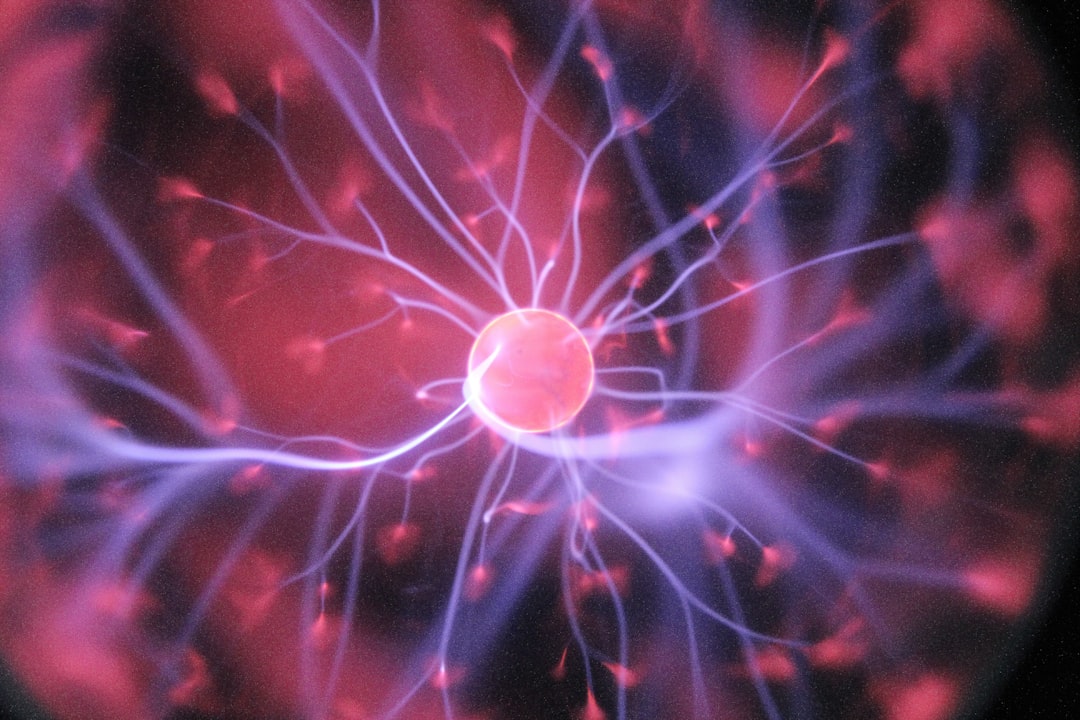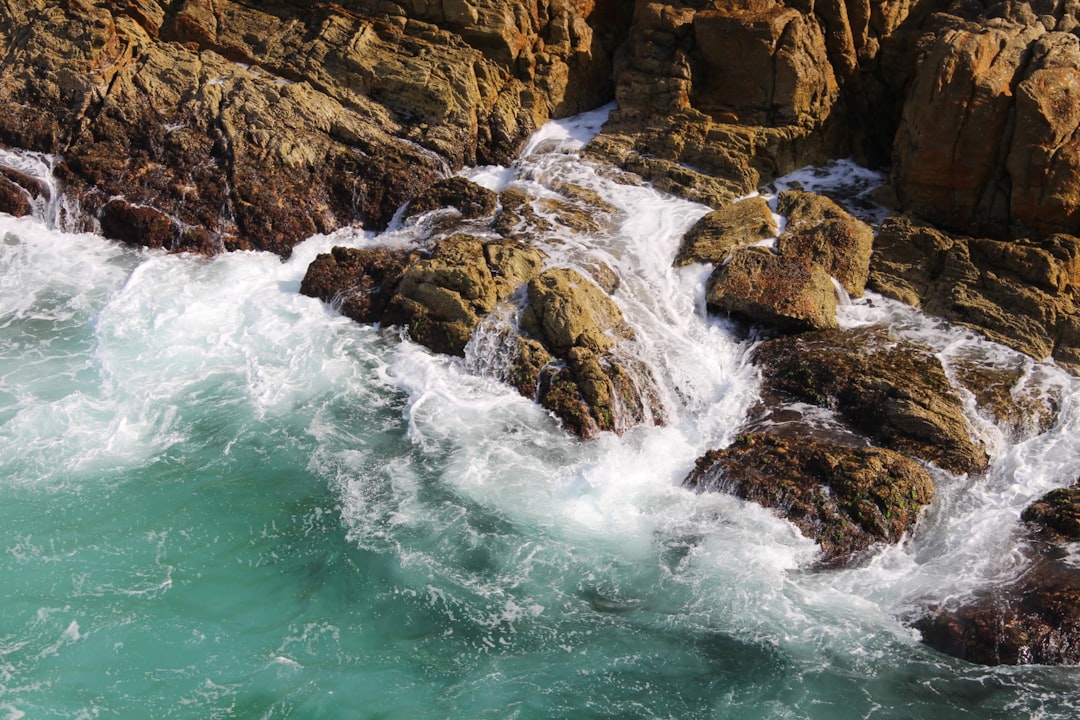What is it about?
Biogenic elongate structures resembling stalactites but formed by the concomitant accretion and superimpositionof organisms are described from a submarine cave from Cyprus. A relevant , although not visible at naked eye, component of these bioconstructions is given by carbonates produced by microbial activity. This interaction between microbes and other biogenic constituent was already known from other caves in the Mediterranean and the Belize.
Featured Image
Why is it important?
We documented actively growing structures of this kind in caves from the eastern sector of the Mediterranean and highlighted as the colonization degree on their outer surfaces and distribution pattern of modern encrusters are related to sediment exposure and substrate conditions, i. e. the roughness/smoothness of the exposed surfaces. We also found that the microbialite cemented syndepositionally and bacteria thrived on decaying metazoan organic matter.
Perspectives
Writing this article was the occasion to collaborate with some long-dated co-authors and to begin new collaborations on a very intriguing topic.
Professor Antonietta Rosso
University of Catania
Read the Original
This page is a summary of: Cryptic serpulid-microbialite bioconstructions in the Kakoskali submarine cave (Cyprus, Eastern Mediterranean), Facies, July 2017, Springer Science + Business Media,
DOI: 10.1007/s10347-017-0502-3.
You can read the full text:
Contributors
The following have contributed to this page










